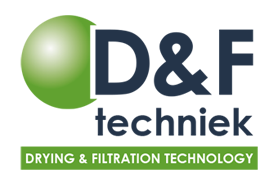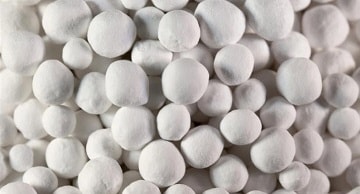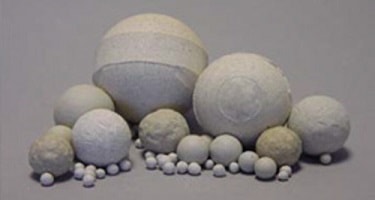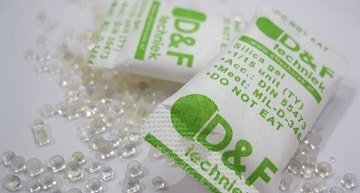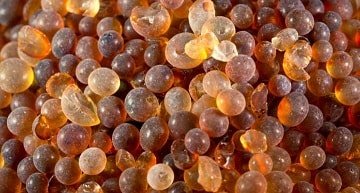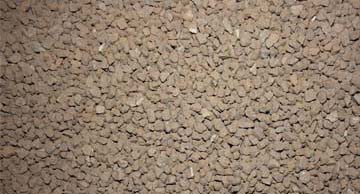Need advice? You can reach us at + 31 (0)161 45 30 98
Need advice? You can reach us at
+ 31 (0)161 45 30 98
Molecular Sieve
Zeolite molecular sieves are crystalline, highly porous materials belonging to the class of aluminosilicates. The crystals are characterized by a three-dimensional pore system, with identical pores of precisely defined diameter. This structure is formed by tetrahedras of (AlO4) and (SiO4), which are the basic building blocks for various zeolite structures, such as zeolite types A and X, the most common commercial adsorbents.
Due to the presence of alumina, zeolites have a negatively charged framework, which is counter-balanced by positive cations. These cations can be exchanged to fine tune the zeolite’s pore size or adsorption characteristics. For instance, the sodium form of zeolite A has a pore opening of approximately 4 Ångstrom, called 4A molecular sieve.
Adsorption takes place at the precisely dimensioned micro-pores of the zeolite crystals. The size of these pores plays a significant role: it allows or hinders the entrance of molecules into the pore system, effectively acting as a molecular sieve.
Due to their hydrophilic surfaces, zeolites preferentially adsorb polar or polarizable molecules. They have an extremely high adsorption capacity for such components, even at very low concentrations.
Zeolite crystals are mixed with a clay binder in order to form beads. The binder ensures a number of important characteristics of the final adsorbent bead:
- The right diffusion pore structure
- High mechanical stability
- Low catalytic activity
The adsorption is fully reversible. Molecules that have been adsorbed can be released at high temperature and/or reduced pressure or concentration in the regeneration phase.
Need advise? Please don’t hesitate to contact our sales team.
You can reach us at +31 161 45 30 98 or send us an E-mail.

